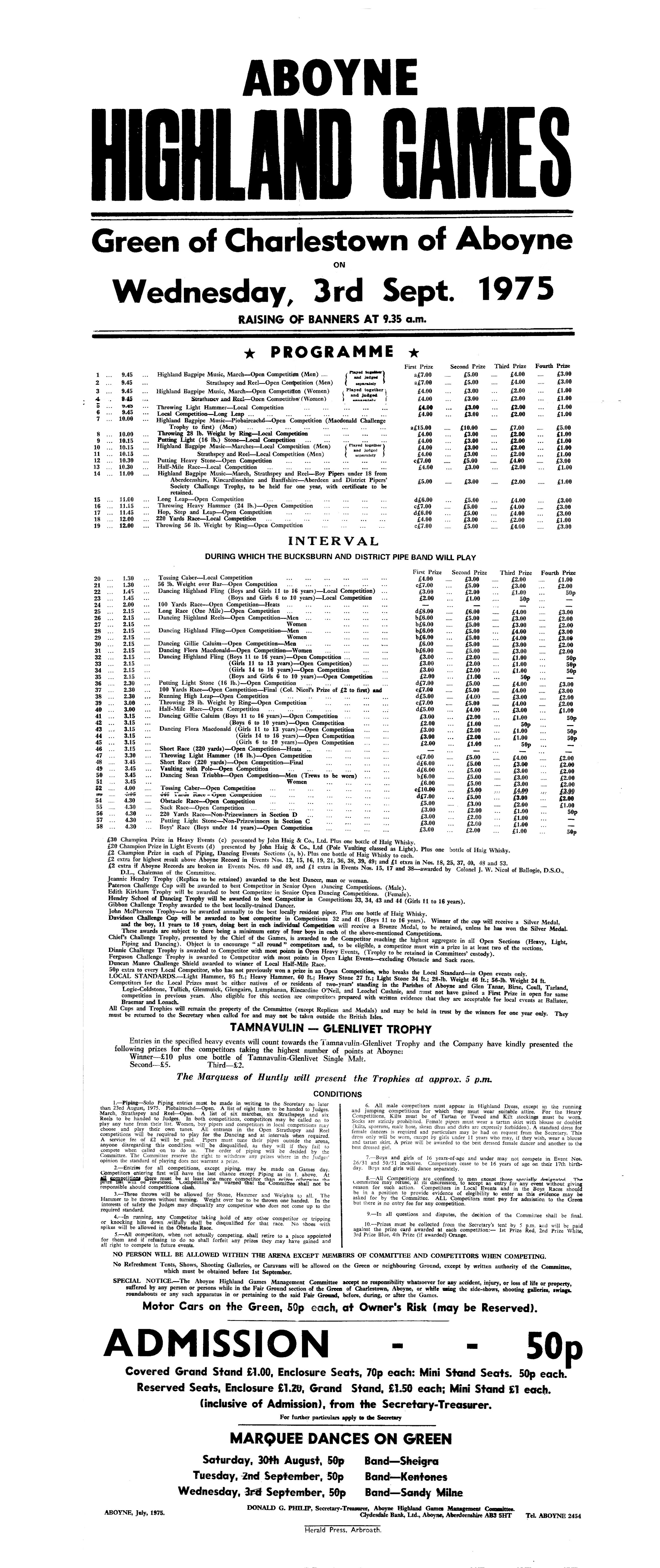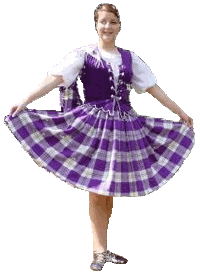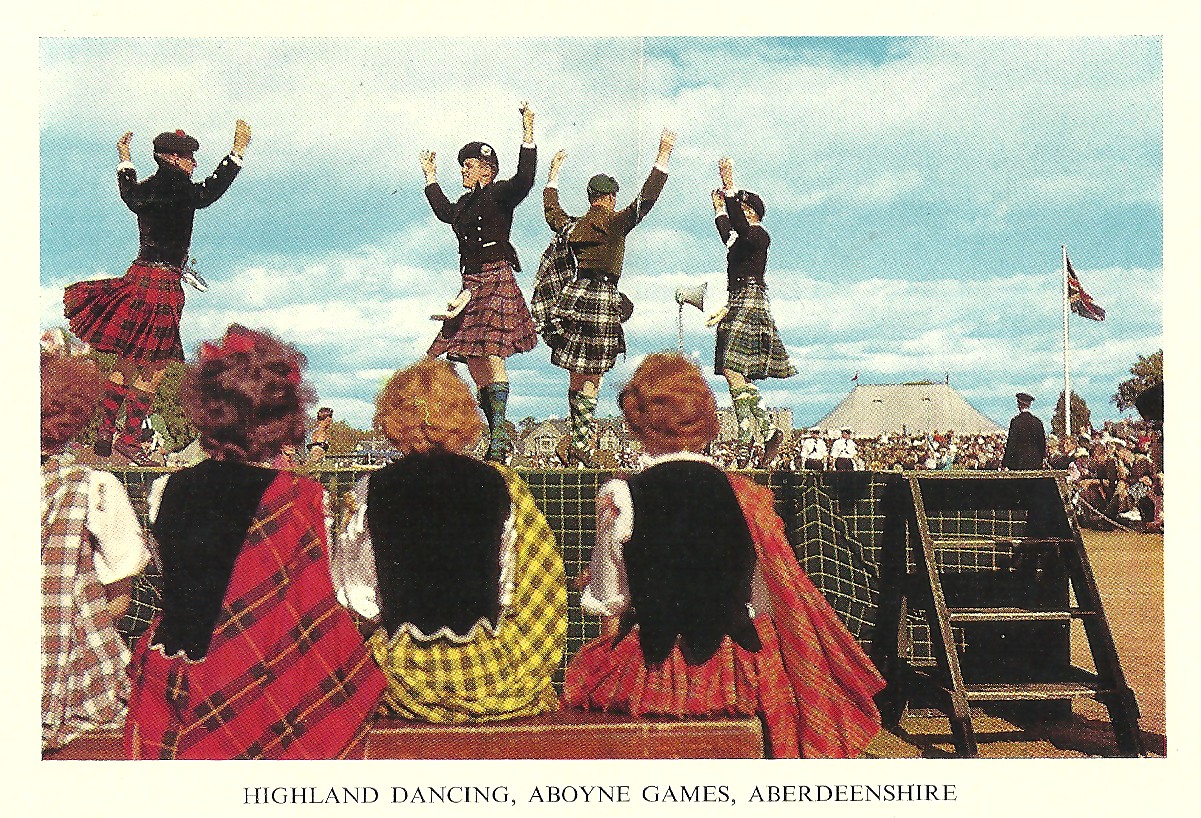In the earliest days of Highland Games the competitions were for men - Tossing the Caber, throwing the Scots Hammer etc. assumed to be for men and this included Highland Dance when it was introduced. This status quo remained until Jenny Douglas, in the last few years of the 1800s, dared to enter the Competitive World of Highland Dance. Unfortunately the exact date and location of this event is not recorded, but since there was nothing in the rules to suggest that the competition was for men only, just an hereditory assumption, she was allowed to compete. Instantly most of the Games made sure a "men only" rule was included for the dancing events. This became a common practice until Nairn Highland Games omitted to include the "men only" rule on their poster. This omission was spotted by Betty Jessamen who promply sent her entry for the competition. After deliberation by a specially setup committee she was permitted to compete and the gates were open as more and more games droped the rule although the female dancers still had to conform to the male dress code.
At this point Aboyne Highland Games enter the male/female discussion.
In 1952 the Aboyne Games Committee, having decided that male atire was not a suitable form of dress for female dancers, proposed what is today known as an "Aboyne Dress". Whilst the design has been modernised slightly over the years it is still, to this day, the required dresss for female dancers competing in the Highland Dances at the Aboyne Games.
Whilst other Highland Games now peremit female dancers to wear the kilt with a more feminine design of jacket for The Highland Fling, Ghillie Callium and The Seann Triubhas the Aboyne Dress is considered to be the female requirement for the "National" dances.
|




